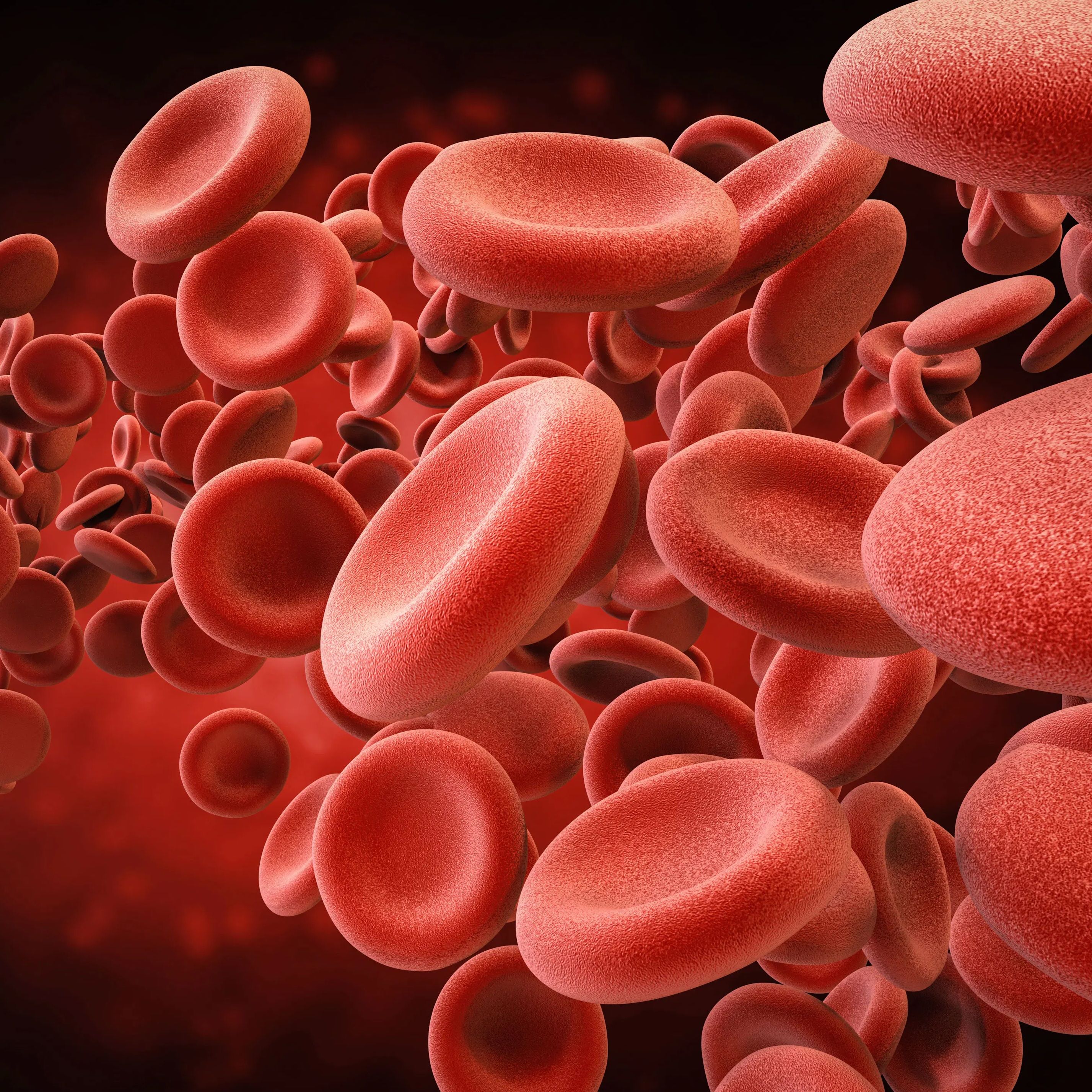Video
A Patient-Centered Approach to Heart Failure
Author(s):
Robert J. Mentz, MD, and James Januzzi, MD, discuss the key takeaways from updated heart failure guidelines, highlighting heart failure stages A and B.
James Januzzi, MD: That brings us to the concept of individualizing care. This is probably 1of the more fortunate developments in the heart failure world, compared with10 years ago, when we had some good drugs, and the idea was to give everyone the same drugs atthe same dose without individualizing how we think about our patients. Rob, we’re starting to develop a more patient-centered approach. We’re thinking about health status and quality of life, but we’re also thinking about the types of heart failure that they have and the stage of heart failure. Can you give us some perspective on how clinicians might think about staging, for example? Stage A and stage B heart failure—explain what those are and how we might think about them.
Robert J. Mentz, MD: This is an important way to frame this, so we can best take care of our patients. With stage A, those individuals are at risk. They have comorbidities, but are they cardiac or are they noncardiac comorbidities. Obesity, diabetes, hypertension—all those elements are leading to and putting them at risk. Stage B is pre–heart failure. This is in line with the universal definition. They have structural changes, elevation in their natriuretic peptide level, modifications in their LV [left ventricle], but they don’t have symptoms yet. We then transition to stage C, and that’s where we see patients with symptomatic heart failure.
James Januzzi, MD: I understand that if a person has a low ejection fraction but no symptoms, we call them stage B. But are you saying that an elevation in a natriuretic peptide without a wall motion abnormality is a form of pre–heart failure?
Robert J. Mentz, MD: It’s pushing us toward that. These biomarkers, which we can easily check in routine practice, can identify these patients. With the recent guidelines updated, it’s moving us upstream: how can we prevent progression of disease in our patients?
James Januzzi, MD: Let’s talk about prevention. If I have hypertension, I technically have stage A heart failure. I’ve carefully but aggressively made sure that my blood pressure is under control with the idea that I’m preventing heart failure 20 years hence. But it’s much more than that, particularly when you have high-risk populations. Muthiah, what do we know about heart failure in at-risk populations and the prevention through cardiometabolic implementation?
MuthiahVaduganathan, MD, MPH: That’s a wonderful question. There’s a huge gap in opportunity in the prevention of heart failure. Hypertension is the dominant pathway in which heart failure onset takes place, so strict blood pressure control can often avert heart failure events. Furthermore, specific treatments of certain cardiometabolic comorbidities in stage A and B populations, such as SGLT2 inhibitors for diabetes, can be quite helpful. Furthermore, management of chronic kidney disease [CKD] with newer drug therapies, such as SGLT2 inhibitors and nonsteroidal MRAs [mineralocorticoid receptor antagonists], can prevent heart failure in those populations. Treatment of obesity and weight loss can certainly attenuate risks of heart failure in the future. There are multiple pathways toward heart failure, and prevention requires risk factor control across these domains.
James Januzzi, MD: It’s a spectrum of therapies. It’s not just a few pills but a broad range of potential therapeutic targets.
MuthiahVaduganathan, MD, MPH:Exactly.
James Januzzi, MD: It speaks to this question of when heart failure begins. That’s where the biomarker piece comes in. Markers are often abnormal when structural heart disease might not be evident on imaging. That gives us that window of opportunity to intervene. Javed, you and I have talked about this concept of when heart failure begins, and the results from the diabetes trial indicates that point clearly:13% of patients at baseline in the CANVAS trial had a history of heart failure. Over 80% did not,yet the heart failure events in this population were staggering. What are your thoughts?
Javed Butler, MD, MPH, MBA: A couple of quick points. One is that we’re not impotent in the fight to prevent heart failure. There are a lot of therapies and lifestyle modifications that we can do to prevent the risk for development of heart failure. The more important factor is that we have this mindset. We’ve always thought that heart failure is a consequence of ischemic heart disease: if you take care of ischemic heart disease risk factors and prevent ischemic heart disease, that will prevent heart failure. That’s true, but only up to a certain point. There was this beautiful population-based study from Sweden that took 2 patients with diabetes. It said that if all 5 risk factors for coronary disease are completely controlled or missing—they don’t have albuminuria, they don’t smoke, the lipid is under control, glucose is under control, blood pressure is under control—the risk for vascular events came down. But heart failure and CKD did not. It’s important that we think about heart failure prevention separate from coronary artery disease prevention. All these measures that Muthiah was talking about, we need to think about them carefully and implement them when needed.
James Januzzi, MD: It identifies the opportunity to expand our scope in terms of unrecognized pathways of disease, such as diabetic cardiomyopathy, but also focuses on multimorbidity in these patients and treating them adequately.
Transcript edited for clarity





